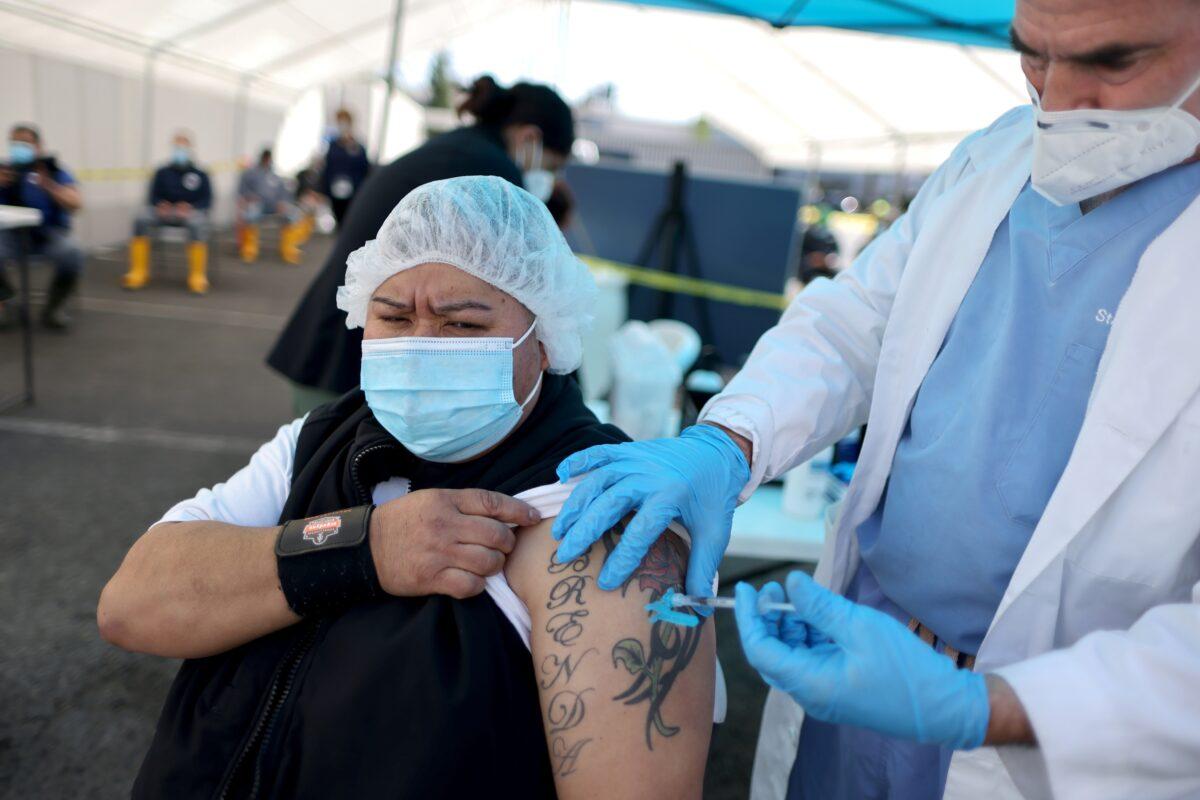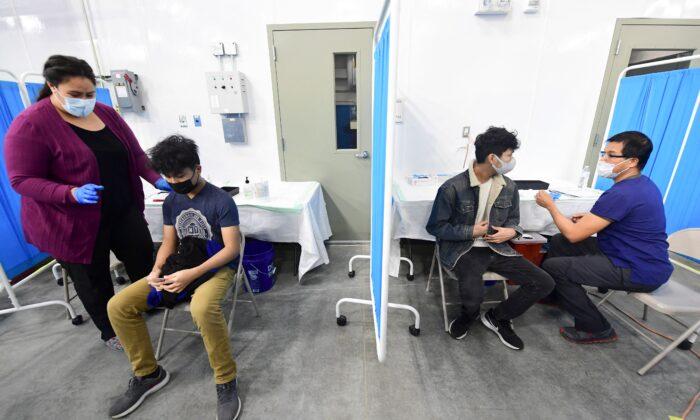Three COVID-19 vaccines have been authorized for use by drug regulators in the U.S. Two require separate doses spaced several weeks apart.
Of those fully vaccinated, 22.3 million are 65 years of age or older, which is 40 percent of the elderly population.
The elderly and those with underlying serious medical conditions are most vulnerable to experiencing severe symptoms from COVID-19, according to the CDC.
In addition to those who have been fully vaccinated, roughly 36 million have received one dose but not the second. That includes nearly 15 million in the upper age group.
The federal government and its partners have delivered more than 156.7 million doses. Of these, most, or 121.4 million, have been administered.
The vast majority of the doses delivered and administered are from Moderna or Pfizer-BioNTech, which require two doses.
The Johnson & Johnson one-shot vaccine makes up 2.1 million of the doses administered, with another 2.1 million distributed but not yet injected. Regulators authorized that vaccine last month.
Only Pfizer’s vaccine is currently allowed to be used for anyone under the age of 18. It is authorized for use in 16- and 17-year-olds.
Only about 57,000 16- and 17-year-olds have been fully vaccinated.

President Joe Biden, before entering office, announced a goal of getting 100 million shots administered in his first 100 days in office. That was achieved by day 60. Biden has said he believes the United States can double his original goal.
Critics note that the trajectory of doses administered was already heading toward 1 million per day on average before the president was sworn in.
“Eight weeks ago, only 8 percent of seniors, those most vulnerable to COVID-19, had received a vaccination,” Biden said in a speech at the White House last week. “Today, 65 percent of people aged 65 or older have received at least one shot, and 36 percent are fully vaccinated. And that’s key—because this is a population that represents 80 percent of the well over 500,000 COVID-19 deaths that have occurred in America.
“Tomorrow, we will hit 100 million doses our administration has administered. But I’ve always said: That’s just the floor. We will not stop until we beat this pandemic. Next week, I will announce our next goal to put shots in arms.”





